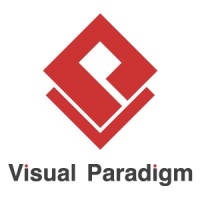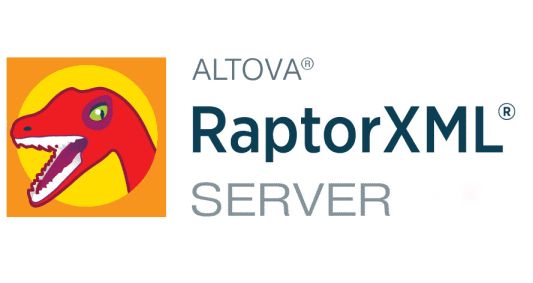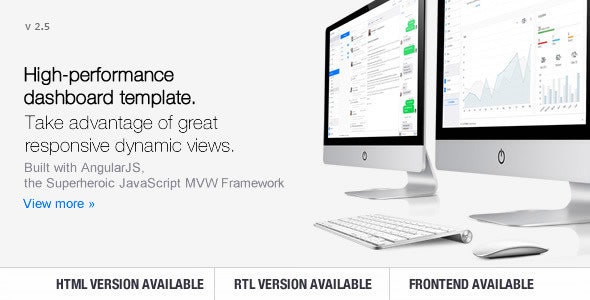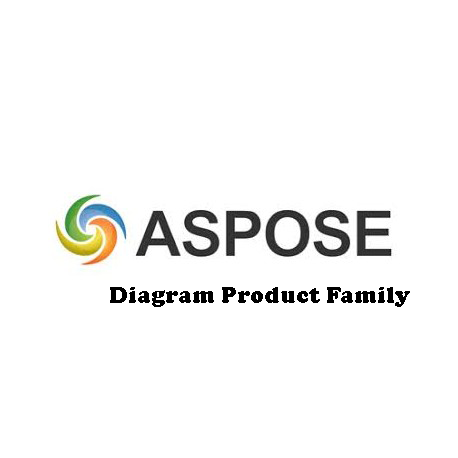Visual Paradigm Professional Floating is a comprehensive UML modeling and design tool that helps software developers, architects, and engineers to create and manage complex software systems. It provides a range of features and tools to support the entire software development lifecycle, from requirements gathering to deployment.
Key Features:
- UML Modeling: Supports all 14 UML diagrams, including class diagrams, use case diagrams, sequence diagrams, and more, to create comprehensive software models.
- Business Process Modeling: Enables users to model business processes using BPMN, allowing for the creation of detailed process flows and workflows.
- Requirements Management: Provides a built-in requirements management system, allowing users to capture, organize, and trace requirements throughout the development lifecycle.
- Design and Architecture: Supports software design and architecture activities, including component-based design, architecture modeling, and system integration.
- Code Generation: Generates code from UML models, reducing development time and improving code quality.
- Reverse Engineering: Allows users to reverse-engineer existing code into UML models, facilitating maintenance and refactoring activities.
- Collaboration and Version Control: Supports collaborative development, with features such as model merging, version control, and team collaboration.
- Floating License: Offers a floating license model, allowing users to share licenses across multiple machines and teams.
Benefits:
- Improved Collaboration: Facilitates collaboration and communication among developers, architects, and stakeholders, ensuring that everyone is on the same page.
- Increased Productivity: Automates many modeling and design tasks, reducing development time and improving productivity
- Better Design Quality: Enables users to create high-quality software designs, reducing errors and improving system reliability.
- Enhanced Requirements Management: Provides a comprehensive requirements management system, ensuring that all requirements are captured and traceable throughout the development lifecycle.
- Flexible Licensing: Offers a flexible licensing model, allowing users to share licenses across multiple machines and teams





